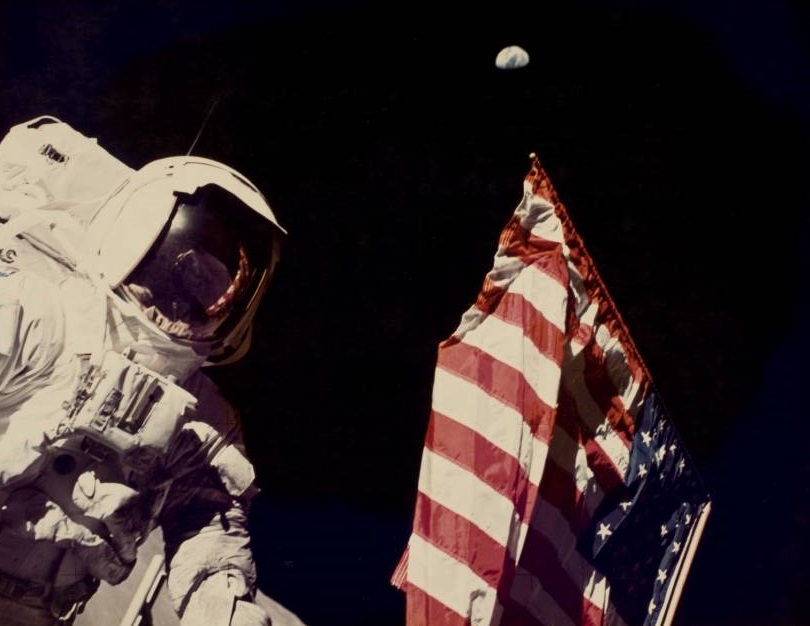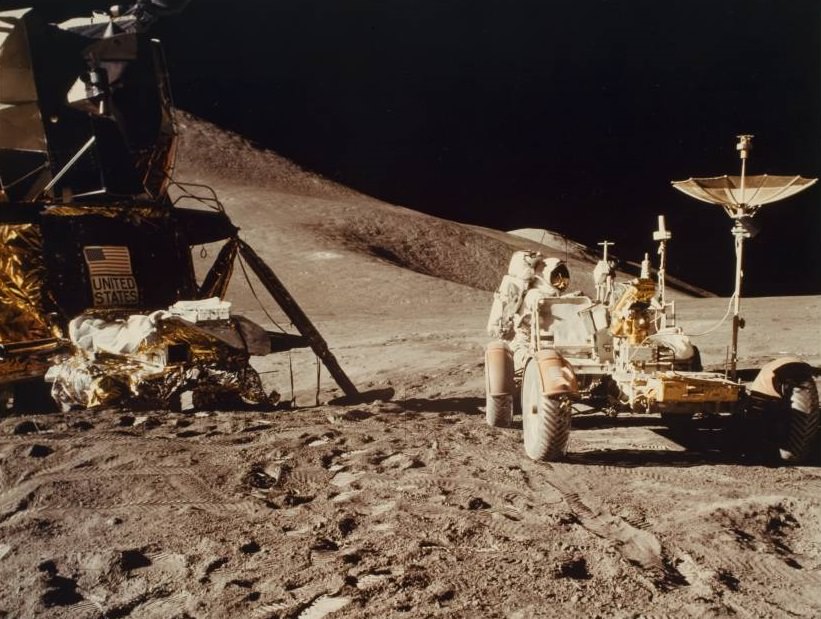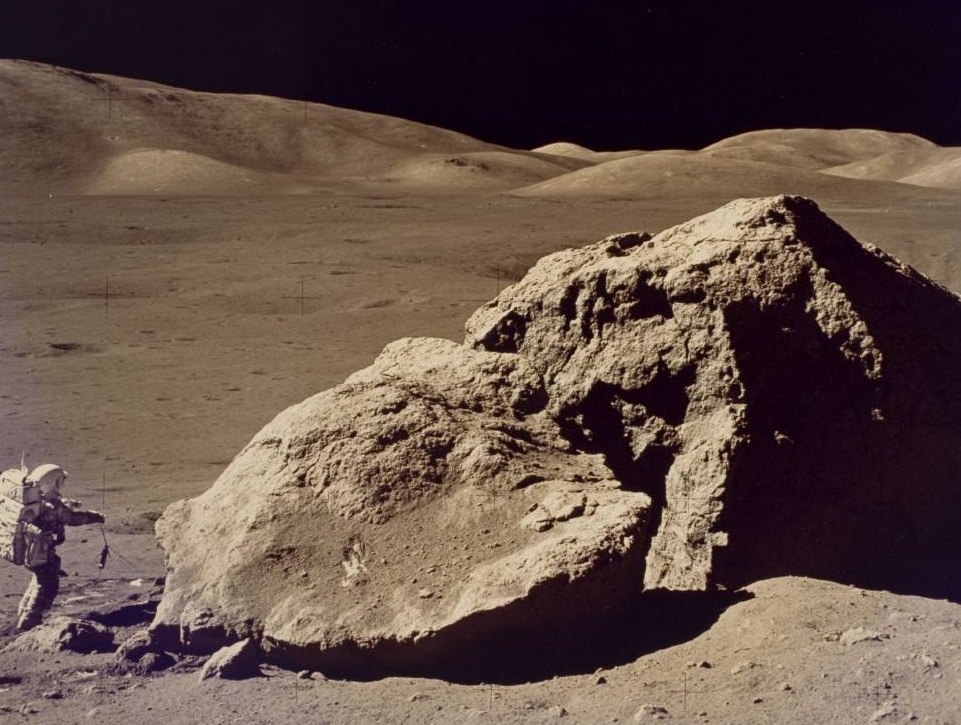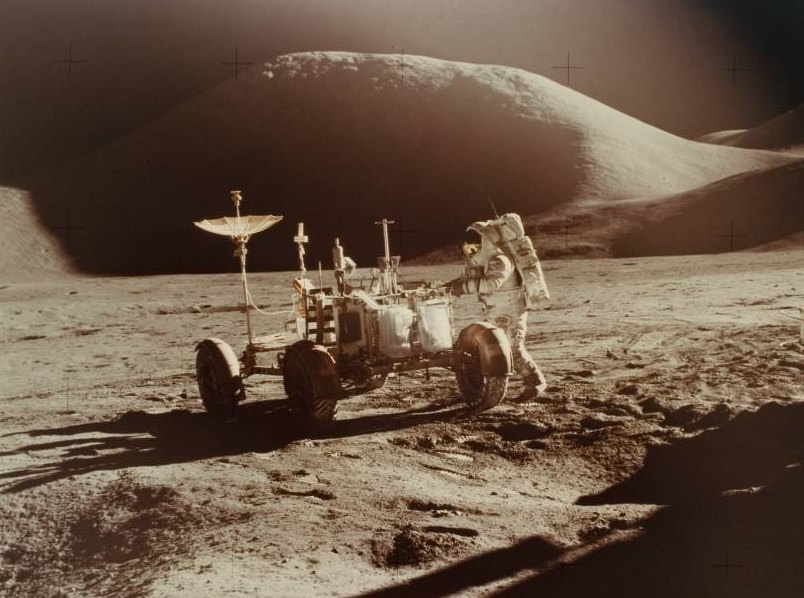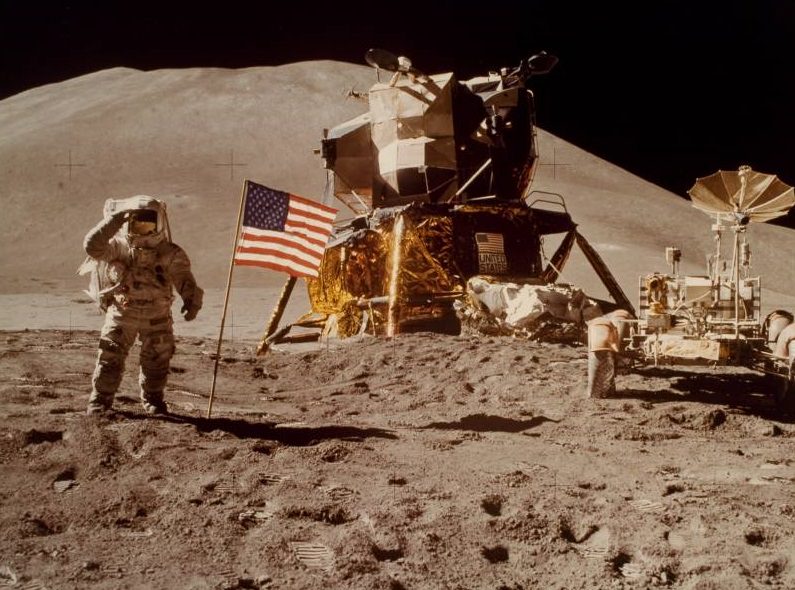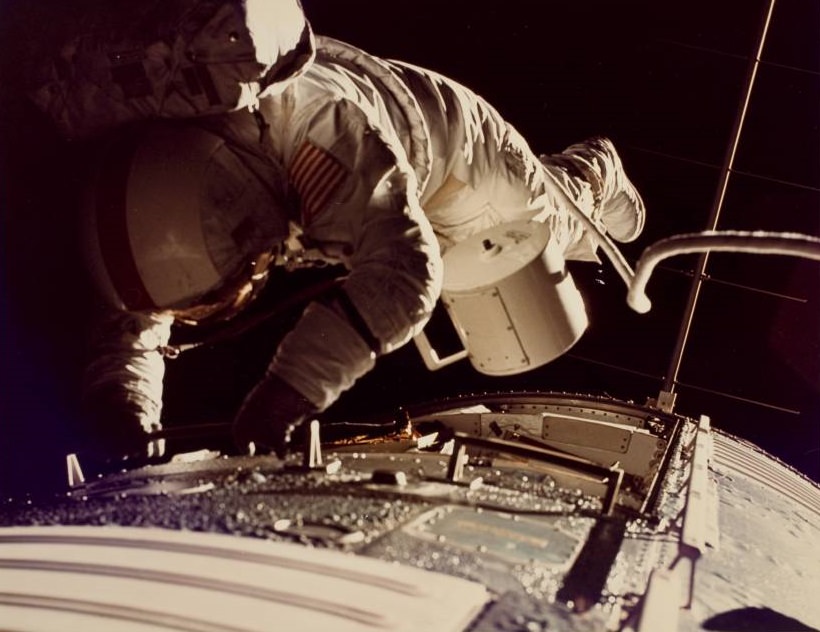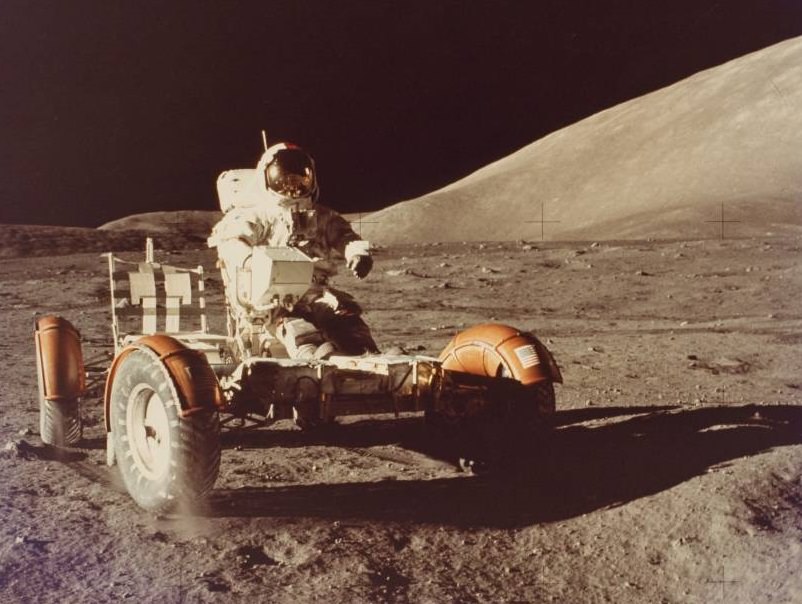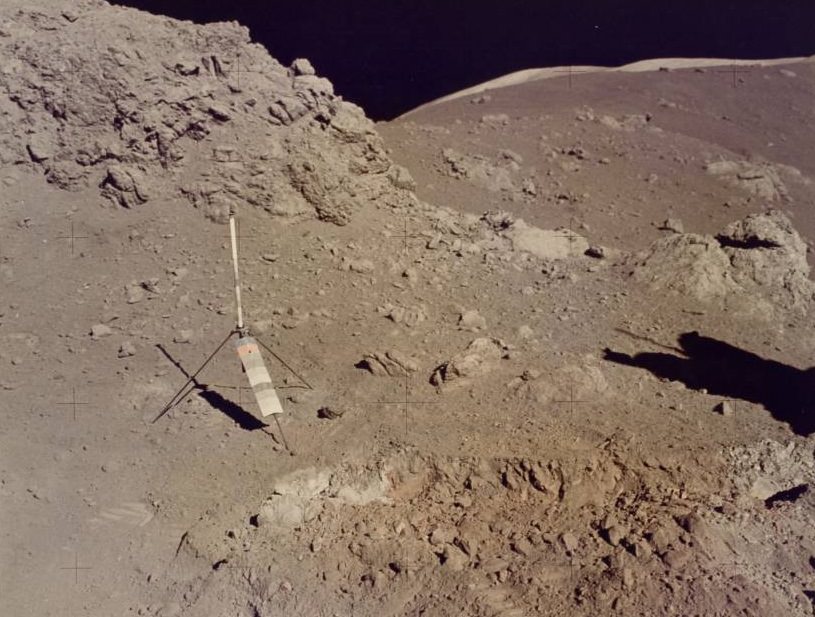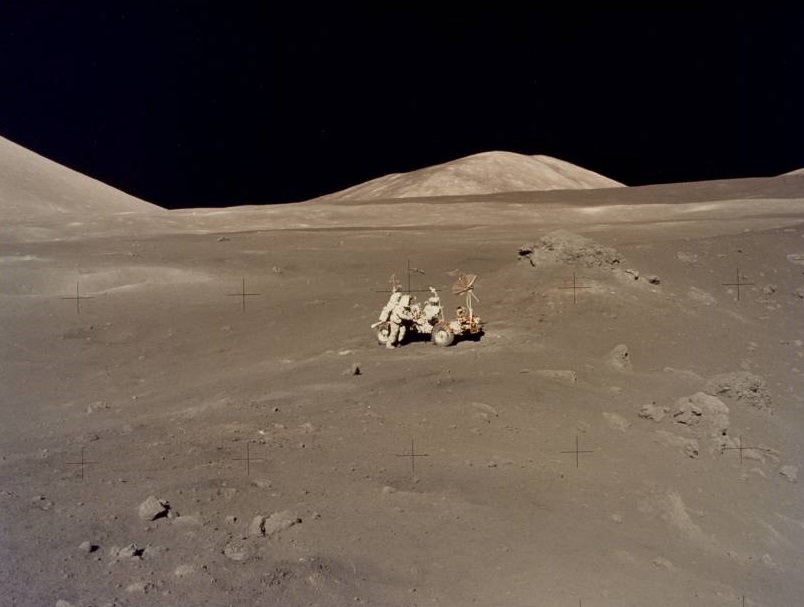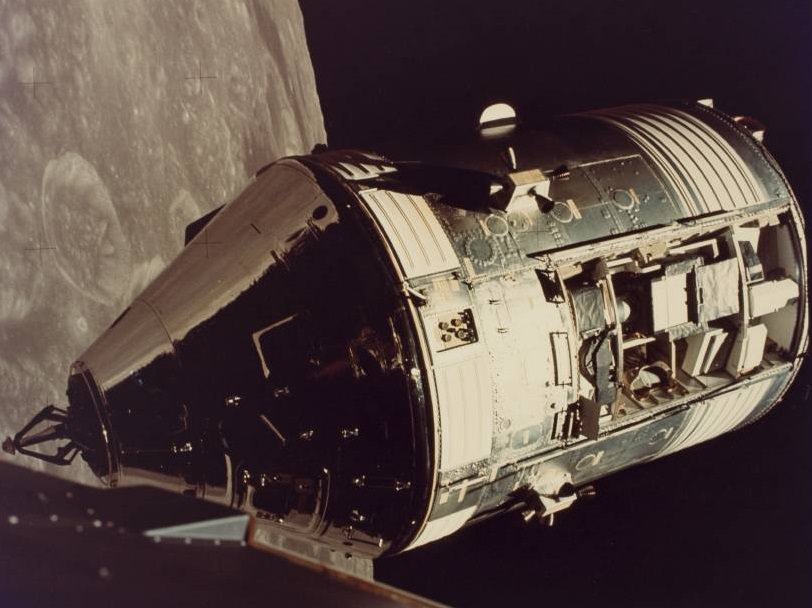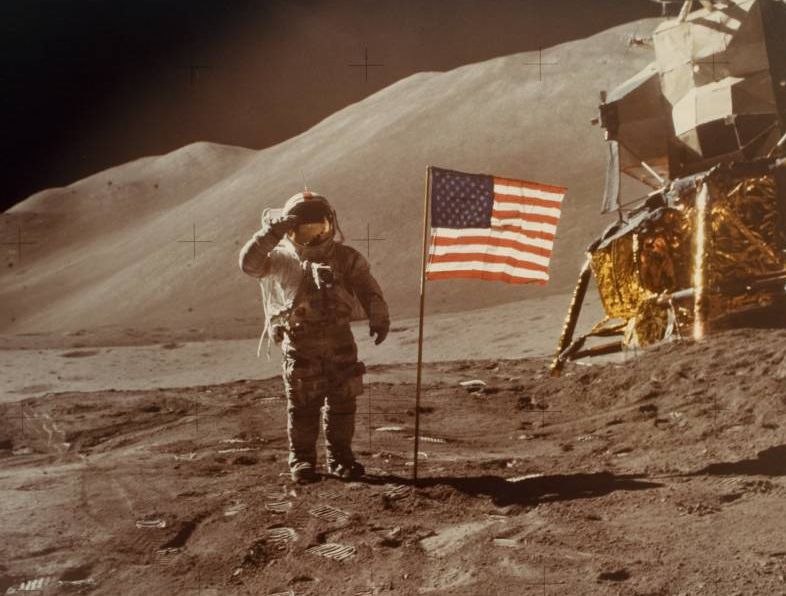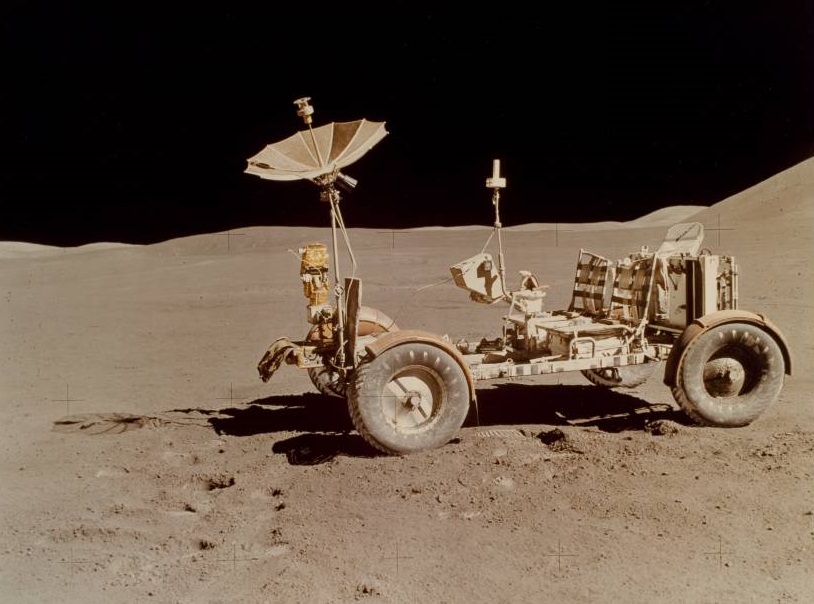The year 1971 marked a significant moment in human history: Apollo 15, the fourth mission to land on the moon. Astronauts David Scott and James Irwin spent four days exploring the lunar surface, conducting experiments, and collecting samples. Their journey, and those of the Apollo 17 crew in 1972, were meticulously documented through photographs, providing a visual record of this incredible achievement.
These images were carefully planned and executed. Cameras were specially designed to withstand the harsh conditions of space, with modifications to protect them from extreme temperatures and radiation. Astronauts received extensive training in photography, learning how to operate the equipment and compose compelling images in a challenging environment.
The photos capture the awe-inspiring beauty of the lunar landscape. Vast, desolate plains stretch towards the horizon, punctuated by towering mountains and deep craters. The absence of atmosphere creates a stark contrast between the bright, sunlit surface and the deep black sky. The Earth, a small blue marble in the distance, serves as a poignant reminder of the astronauts’ journey far from home.
Beyond the scenery, the photos document the astronauts’ activities. We see them planting the American flag, setting up scientific instruments, and collecting lunar rocks. The images capture the challenges they faced, such as navigating the uneven terrain and working in bulky spacesuits. They also reveal moments of wonder and excitement as they explore this alien world.
The Lunar Roving Vehicle (LRV), first used on Apollo 15, features prominently in many photos. This electric car allowed astronauts to cover greater distances and explore more of the moon’s surface. We see them driving across the lunar landscape, leaving tracks in the fine dust, and conducting experiments far from the landing site.


